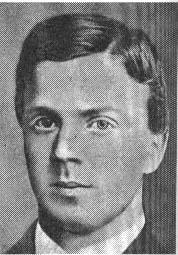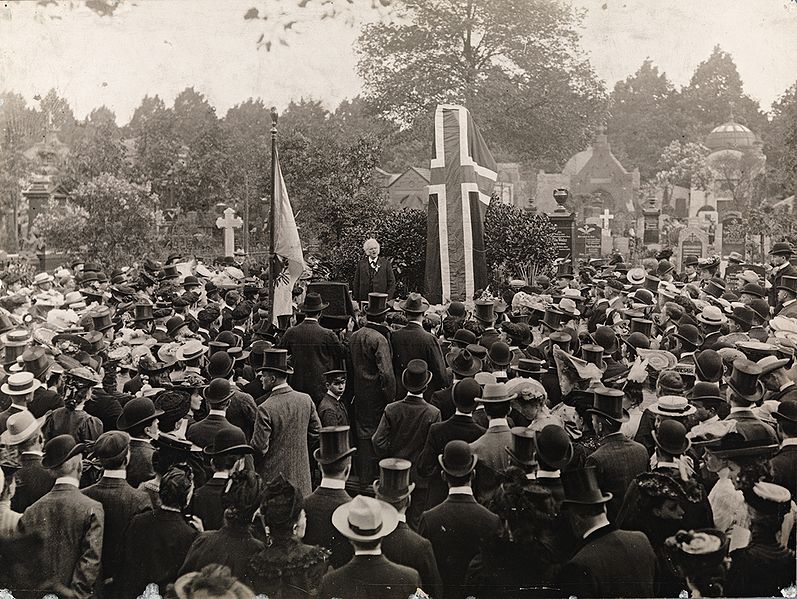<Back to Index>
- Mathematician Paul Guldin, 1577
- Composer Rikard Nordraak, 1842
- Prime Minister of the United Kingdom Robert Anthony Eden, 1897
PAGE SPONSOR


Rikard Nordraak (June 12, 1842 – March 20, 1866) was a Norwegian composer, born in Christiania (Oslo). He is best known for having composed the Norwegian national anthem.
Nordraak's musical gifts became evident at an early age, but as for many other artists at that time, a different career was already planned. He was going to pursue a career within business, and when he was fifteen he was sent to business school in Copenhagen. Nonetheless his musical interests prevailed and instead of studying business he ended up studying music, and in 1859 he went to Berlin for advanced studies. After six months he had to return home and he continued studies in Oslo, and his first compositions came during the winter of 1859 – 60. In 1861 he went back to Berlin to continue his studies, and he stayed there for two more years.
The compositions that he himself marked opus 1, were published in 1863, and contained six songs with texts by the poet Bjørnstjerne Bjørnson, amongst others. At this time Nordraak also composed Ja, vi elsker, which in 1864 became the Norwegian national anthem.
He later wrote music for Bjørnson's play Maria Stuart of Scotland, and he published his opus 2, Five Norwegian Poems, consisting of songs and poems by Bjørnson and Jonas Lie. This was the last of his compositions that would be published during his lifetime. In May 1865 he returned to Berlin to continue his education, but he was stricken with tuberculosis in October and died the following March, only 23 years old. Part of his life-story was dramatised in the musical Song of Norway. Nordraak
did not live long enough to produce much music. About forty
compositions, mostly smaller works like songs, pieces for male choir
and a few piano compositions, have been preserved. The biggest of these
compositions, is the Scherzo Capriccio for piano solo, given the opus number 3, published posthumously by Edvard Grieg. This is a kind of rondo, using several features from the Norwegian folk music; rhythms typical in slåtter, and dissonances typical for the hardingfele. However, the thematic material does not have this connection with the folk music. Nordraak’s
main contribution to the Norwegian music history was, with his
passionate patriotism and great love to the folk music, to be an
inspiration for contemporary composers, such as Edvard Grieg. They met
in Copenhagen and became close friends. When Grieg heard of Nordraak's
death, he composed the famous Sørgemarsj over Rikard Nordraak (Funeral March in Memory of Rikard Nordraak). Nordraak himself explained his musical faith like this: They
talk of carrying rocks to Norway but we have enough rock. Let us simply
use what we have. Nationalism, in music for example, does not mean
composing more Hallings and Springar such
as our forefathers composed. That is nonsense. No, it means building a
house out of all these bits of rock and living in it. Listen to the
unclothed plaintive melodies that wander, like so many orphans, round
the countryside all over Norway. Gather them about you in a circle
round the heart of love and let them all tell you their stories.
Remember them all, reflect and then play each one afterwards so that
you solve all riddles and everyone thinks you like his story best. Then
they will be happy and cleave to your heart. Then you will be a
national artist.